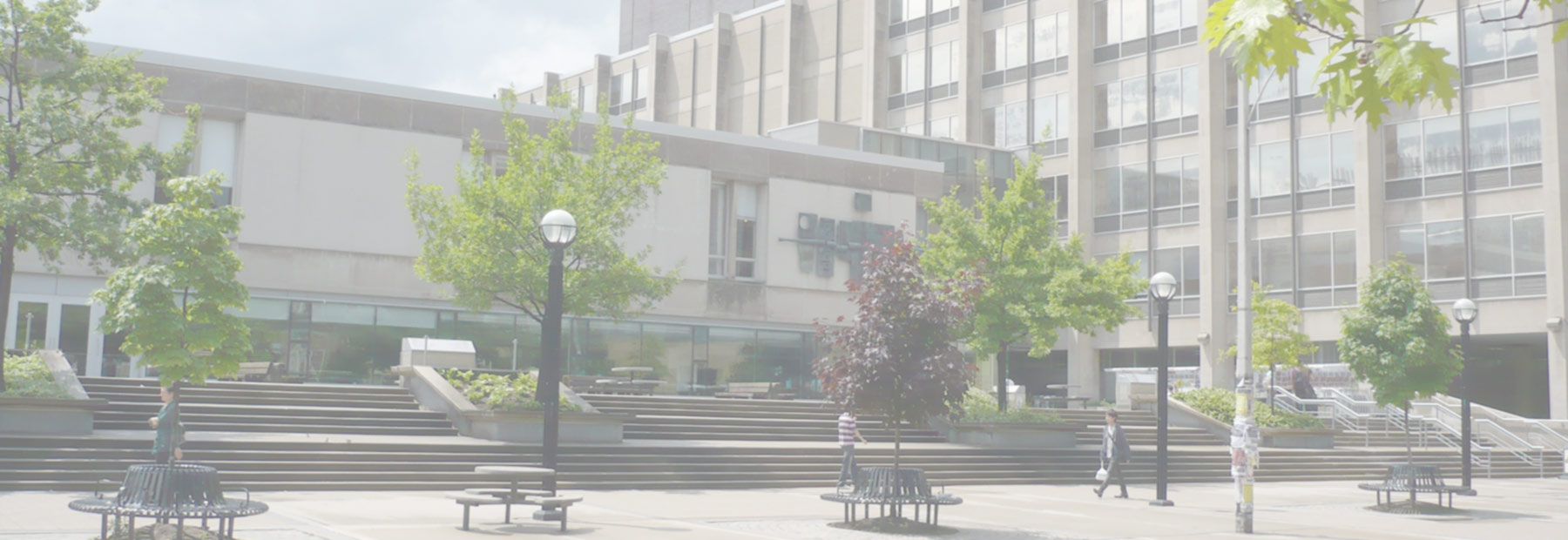Works in Progress: IDC Visiting Graduate Students Research Presentations
When and Where
Speakers
Description
The Department of Art History invites you to attend the research presentations of our two visiting IDC graduate students: Qiuchi Liu and Louise Thiroux of Sorbonne Université.
"Circulation, Materiality, and Transformation of Aesthetic Norms: Contemporary Chinese Art in a Globalized World"
Qiuchi Liu
In the context of a globalized art world, this study examines the case of Ai Weiwei — among the most internationally recognized figures in contemporary Chinese art — to explore how global circulation, materiality, and the transformation of aesthetic norms interact within transnational frameworks. Rather than treating globalization as a neutral backdrop, the analysis considers it as a structuring force that shapes the production, interpretation, and reception of contemporary art.
Circulation is understood as a process of cultural negotiation, where meaning is continuously reshaped through institutional framing, political context, and transnational mobility. Materiality, in turn, is examined not only as a formal or symbolic dimension, but as a space of critical engagement with history, identity, and power. These elements converge in ongoing transformations of aesthetic norms, which reflect broader struggles over visibility, legitimacy, and the authority to define value within global art discourses.
By situating Ai Weiwei’s artistic practice at the intersection of these dynamics, this paper offers a lens through which to understand how contemporary Chinese art both reflects and reconfigures the cultural and ideological tensions of globalization.
"Gardens in 19th-Century Paris and Toronto: Laboratories for Urban Furniture?"
Louise Thiroux
Under the impetus of city councilors, engineers, architects and hygienists of all kinds, Toronto and Paris began to reform their public gardens in the second half of the 19th century. Inseparable from the overall design of the cities, the gardens functioned in many ways as scale models of these two capitals in the making. The garden became the place where residents familiarized themselves with the codes of a renewed urbanity based on hygienic and moral precepts, and at the same time, a place where the city could present itself to the public, constituting a kind of publicity. This is because the garden system makes it possible to integrate and contextualize support networks in the urban space, which can be mega-technical structures, such as sewers or gas pipes, but also and above all intermediate technical structures embodied in small pieces of equipment, such as street furniture (street lights, kiosks, benches, public toilets, etc.). Between the 1860s and 1870s, the public garden became a veritable laboratory for street furniture, with so much experimentation going on in terms of form, aesthetics, use and materials. Over the following decades, this initial creativity was replaced by the standardization and rationalization of these artefacts. Far from being anecdotal, the study of street furniture provides a more detailed understanding of the evolution of urban and hygiene policies in this century, but also and above all the evolution of the notion of comfort and services that cities and their public spaces should offer their inhabitants. These are services that streets, like parks, will eventually provide by incorporating the codes developed in gardens. Where the purpose of furniture was to urbanize the garden, it now botanizes the asphalt of the streets, reviving the myth of nature as a savior in the urban environment. The comparison of Toronto and Parisian street furniture also provides an opportunity to examine the great porosity between two models that are all too often seen as opposites from an engineering, architectural, social and aesthetic point of view.


